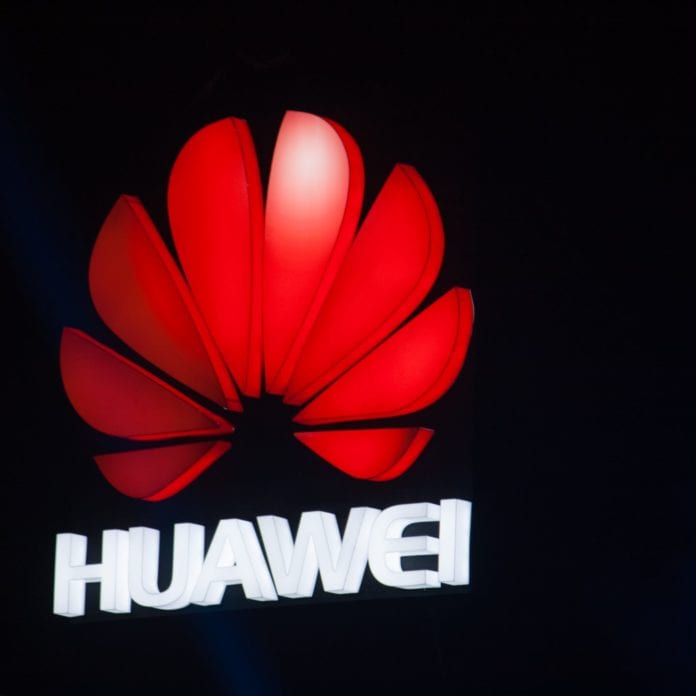‘Operators must prioritize the construction of more efficient and agile ICT infrastructure’: Huawei exec
Huawei last week presented its newest telco cloud vision at its Carrier Cloud Transformation Summit, part of the company’s Win-Win Huawei Innovation Week, an online and in-person event that took place in Shenzhen, located in China’s Guangdong province. At a keynote session about the importance of telco cloud transformation, a Huawei executive plotted out three key opportunity areas for Communication Service Providers (CSPs) to focus on.
Huawei’s Information & Communications Technology (ICT) platforms and solutions dominated the week’s events. Peng Song, president of Huawei Carrier BG Marketing & Solution Sales Dept, framed Huawei’s digital transformation efforts for telcos. Fifteen percent of operators are expected to develop and fully implement a comprehensive cloud strategy by the end of 2023, he said.
“To support this expansion and take advantage of the new markets these technologies are creating, operators must prioritize the construction of more efficient and agile ICT infrastructure,” added Peng.
From Peng’s perspective, CSPs should focus on three areas to maximize the opportunities telco cloud transformation presents.
“First, in terms of network value, operators need to expand network boundaries with the cloud and improve network value in the B2B market to make sure these advancements benefit more customers. Networks are operators’ core assets, and operators can take this advantage and advance cloud transformation in a synergistic way,” he said.
Huawei’s network and edge cloud capabilities have enlarged the home market for Chinese CSPs by 25%, Peng claimed. He also spoke to the importance of telco cloud as an accelerator for new business models for CSPs.
“Collaborative cloud platforms that bridge telecom services and digital services will further accelerate innovation and improve their customer acquisition capabilities,” Peng added, noting that European CSPs moving to the Huawei Cloud platform have been able to reduce time to market for new services by up to 75%.
Telecom-specific integrated solutions are the third leg propping up Peng’s telco cloud stool. He spoke of the need for operators to use pre-integrated cloud solutions to help support sustainable business growth, adding that 5G transformation requires strategic planning on behalf of CSPs.
“Telecom cloud transformation requires cloud platforms that have a distributed architecture able to meet the data security and management requirements of adaptive telecom service architectures. A rational time line of cloud transformation is also necessary to ensure services are robustly migrated to the cloud,” said Peng.
Huawei remains at the center of international trade sanctions imposed by the United States and other governments, over concerns about the company’s close ties with the Chinese Communist Party. The company remains unbowed: During its earnings report earlier this year, Huawei reported 2021 annual revenue just shy of $100 billion, down 28.6% from the previous year.
Net profits increased nearly 76% to $17.8 billion. The firm also called out that R&D spend amounted to 22.4% of total annual revenue. Huawei noted in a statement it will “continuously increase” R&D investment. Company chairman Guo Ping added that Huawei was fast-tracking ecosystem development to support its burgeoning cloud efforts.
“Despite a revenue decline in 2021, our ability to make a profit and generate cash flows is increasing, and we are more capable of dealing with uncertainty,” CFO Meng Wanzhou said in a statement.

